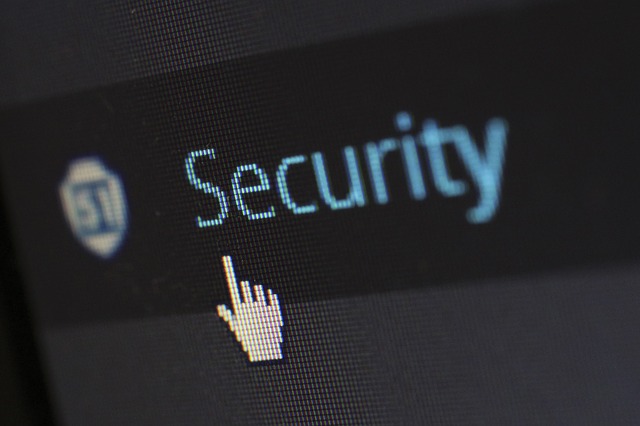Steps To Secure Your Website With An SSL Certificate
Guest post by TJ Waldorf
Is customer data safe on your website? When consumers provide credit card information or personal details, is the link between your site and their device secure — or open to prying eyes?
To protect your customers’ data, you will need an SSL certificate. Before you complete an SSL certificate set-up, it’s worth knowing a bit about the technology. First, the registered domain name for which you are acquiring the certificate must be owned or controlled by you. At its most basic, SSL protection works to obscure data sent to your site from web browsers. “Keys” are used — a public key that any browser can access when navigating to your site, and a private key that only your company knows. The information exchanged between servers and browsers is encrypted using the keys so that your server can decrypt it, but malicious actors or eavesdroppers cannot. These keys are purchased from a trusted certificate authority. This and other steps on how to set up an SSL certificate are outlined in the accompanying checklist.
When your SSL is up and running, make your certificate highly visible to let customers know your site is secure. While a lock icon will appear in the address bar, not every shopper looks there, so it’s worth adding similar icons to every page, along with any verification symbols offered by your certificate authority.
SSL is essential in keeping consumer data safe. If your site handles personal or credit card information, invest in HTTPS ASAP. The accompanying checklist is a thumbnail guide to help you along.
Author Bio: TJ Waldorf is responsible for leading the operations and execution of the Inside Sales team for SingleHop. TJ brings over 8 years of web hosting and e-commerce industry experience to the SingleHop team and has a passion for delivering an unparalleled customer experience.

